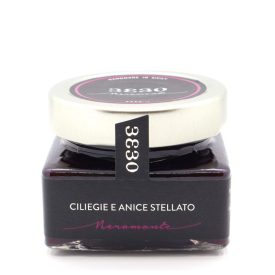The ink, which is used to confuse predators when the cuttlefish feels threatened, is an unusual ingredient in the kitchen. Yet it is a popular dish in the cuisine of different Italian coastal areas and, in particular, there are two traditional recipes, not very different from each other: the Sicilian and the Venetian one.
The Sicilian version:
It was initially born in eastern Sicily where fishermen were looking for a way not to throw away anything of the cuttlefish and the housewives thought of combining the ink with a sauté of garlic, cherry tomatoes and parsley to season their pasta (usually spaghetti or linguine).
The Venetian one:
In the Venice lagoon, however, cuttlefish ink has been an ingredient used since ancient times. Originally it was used to season the cuttlefish themselves cut into chunks, then someone thought of using it also for “bigoli”, the classic long Venetian pasta, perhaps tired of being served in the traditional sauce of anchovies, anchovies and onions.
Cuttlefish ink in the world:
Cuttlefish ink is an ingredient also appreciated outside Italy. A typical Croatian dish is in fact the risotto with squid ink, which combines rice with the liquid. On the other side of the Mediterranean, in Catalonia, you can eat the Catalan arroz negro which combines black rice with shrimps and a garlic sauce. It was the only fishermen’s dish but today it is served throughout Spain as a curious variant of paella.










